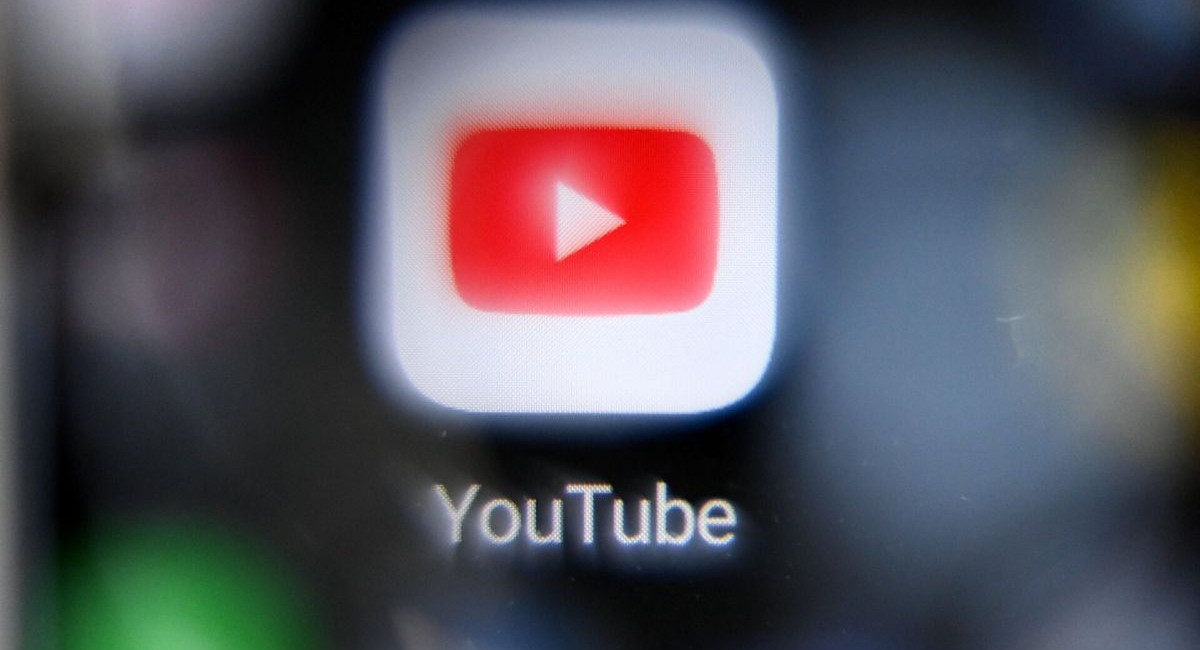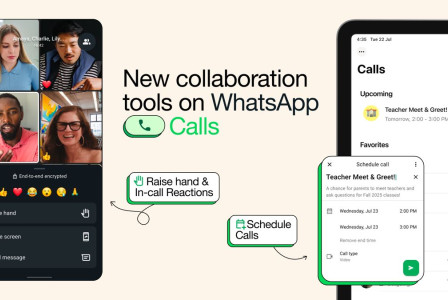SEARCH
YouTube introduces AI-Driven age estimation to protect younger viewers

SHARE IT
YouTube is taking a significant step toward tighter age control on its platform by moving beyond simple self-reported birthdates. The company recently announced the rollout of an age-estimation system that uses artificial intelligence to gauge a user’s age based on various behavioral signals. This new technology aims to better shield younger audiences from adult content while providing an experience tailored to their age group.
Rather than relying solely on the honesty of users entering their birthdate, YouTube’s system employs machine learning algorithms to analyze multiple factors. These include the types of videos a user searches for, the categories of content they watch, and the length of time their account has been active. By interpreting this data, YouTube hopes to accurately identify teenage viewers and adjust the platform experience accordingly.
Initially, this system will be tested on a limited group of users within the United States, with plans to expand the feature globally later in the year. For users identified as under 18, YouTube will implement several protective measures. Personalized ads will be disabled, digital wellbeing tools such as break reminders will be activated, and content guardrails will be put in place to limit exposure to certain types of repetitive or potentially harmful videos. This approach is designed to create a safer digital environment and prevent vulnerable teens from being funneled into extremist or harmful content streams.
Users, however, won’t be locked into these restrictions without recourse. If a viewer believes they have been misclassified—for example, if they consume content typical of younger users but are actually adults—they can confirm their age to unlock the full experience. Verification requires submitting a government-issued ID or credit card to prove they are over 18. If YouTube’s AI signals that a user is an adult, the platform will continue delivering its standard content and advertising offerings.
This initiative by YouTube coincides with broader regulatory trends emphasizing age verification online. Recently, the United Kingdom implemented strict age verification laws for adult content sites, requiring users to prove their age before gaining access to platforms like Pornhub and Reddit. While enforcement has faced challenges, including users circumventing controls with VPNs, such legislation is gaining momentum internationally.
In the United States, similar developments are underway. The Supreme Court upheld a Texas law mandating age verification for pornography websites, setting a legal precedent for other states. Several states have also introduced laws targeting social media platforms, aiming to protect teenagers from addictive and potentially harmful content. These laws seek to balance safeguarding young users with their right to communicate and build online communities—a challenging task in the digital age.
YouTube’s new age-estimation tool reflects a growing recognition that traditional age gates relying on user honesty are no longer sufficient. The platform’s approach signals an acknowledgment that more sophisticated, AI-driven verification methods are necessary to navigate the complex online environment safely.
MORE NEWS FOR YOU

 Help & Support
Help & Support 

